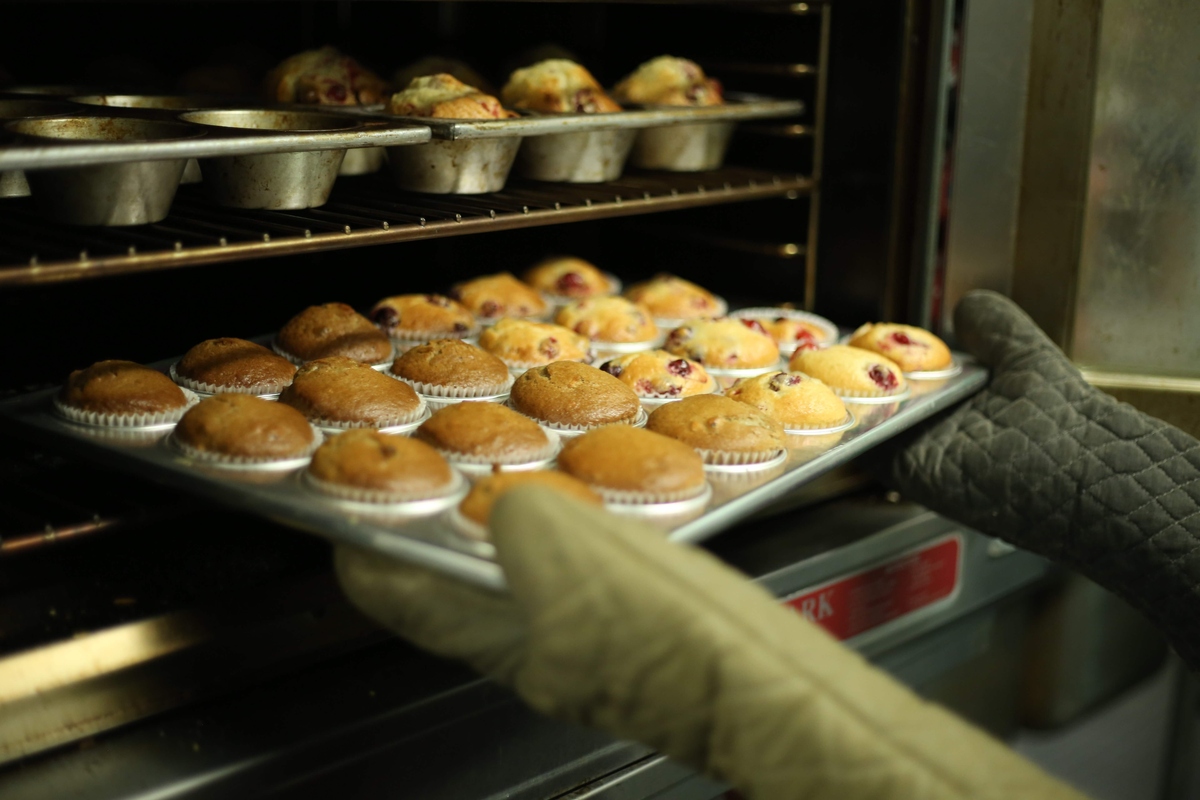

Articles
How To Store Muffins After Baking
Modified: December 7, 2023
Learn the best methods and tips for storing freshly baked muffins in this informative article. Keep your muffins fresh and delicious for longer periods.
(Many of the links in this article redirect to a specific reviewed product. Your purchase of these products through affiliate links helps to generate commission for Storables.com, at no extra cost. Learn more)
Introduction
After spending time and effort baking a batch of delicious muffins, it’s essential to know how to properly store them to maintain their freshness and flavor. Whether you’re planning to enjoy the muffins over the next few days or want to store them for long-term use, understanding the best storage methods is crucial.
In this article, we will explore different ways to store muffins to ensure they stay moist and tasty. From storing them at room temperature to using the refrigerator or freezer, we’ll cover all the tips and tricks you need to know.
By properly storing your muffins, you can extend their shelf life, prevent them from becoming stale, and preserve their deliciousness. So, let’s dive in and uncover the secrets of muffin storage!
Key Takeaways:
- Properly storing muffins is crucial for maintaining their freshness and flavor, preventing spoilage, and reducing food waste. Follow specific storage methods to enjoy delicious muffins over an extended period.
- Whether at room temperature, in the refrigerator, or the freezer, there are suitable methods for storing muffins to maintain their taste and texture. Properly thaw and reheat frozen muffins for a delightful treat anytime.
Read more: How To Store Baked Muffins
Why Proper Storage is Important
Proper storage is essential for maintaining the quality, freshness, and taste of muffins. Here are a few reasons why it’s important to store your muffins correctly:
- Prolonging Freshness: Muffins can become dry and stale when exposed to air. Proper storage methods help seal in moisture, keeping your muffins soft and moist for longer.
- Preserving Flavor: Muffins are at their best when they’re freshly baked. By storing them properly, you can ensure that they retain their delicious taste and aroma, allowing you to enjoy them to the fullest.
- Preventing Spoilage: Muffins can spoil if not stored correctly. Mold growth and bacterial contamination are possible when muffins are exposed to moisture or kept in unsanitary conditions. By following proper storage guidelines, you can avoid the risk of spoilage and protect your health.
- Saving Money and Reducing Food Waste: Proper storage helps extend the shelf life of muffins, allowing you to enjoy them over an extended period. This can help you save money by minimizing food waste and ensuring that none of your delicious muffins go to waste.
Now that we understand the importance of proper muffin storage, let’s explore some general tips that apply to storing muffins regardless of the method you choose.
General Tips for Storing Muffins
Before we delve into specific storage methods, here are some general tips that apply to storing muffins regardless of the method you choose:
- Cool the Muffins Completely: Allow your muffins to cool completely before storing them. This will help prevent condensation from forming inside the storage container, which can make the muffins soggy.
- Avoid Direct Sunlight: Keep your muffins away from direct sunlight, as exposure to light can cause them to spoil more quickly and affect their texture and flavor.
- Use Air-tight Containers: Store your muffins in air-tight containers or wrap them tightly with plastic wrap or aluminum foil. This will help prevent air from entering the container and keep the muffins fresh for longer.
- Separate Layers: If you need to store multiple layers of muffins, place parchment paper or wax paper between the layers to prevent them from sticking together.
- Avoid Refrigerating Freshly Baked Muffins: While the refrigerator is a suitable storage option for muffins in certain circumstances (which we will discuss later), it’s best to avoid refrigerating freshly baked muffins as the cold temperature can dry them out.
- Label and Date: If you plan to store muffins for an extended period, label the container or bag with the date of storage. This will help you keep track of their freshness and ensure you consume them before they start to deteriorate in quality.
- Consider Muffin Liners: If you’re using paper or foil muffin liners, leave them on when storing the muffins. These liners can help retain moisture and prevent sticking.
Now that we have covered these general tips, let’s explore specific methods for storing muffins at different temperatures.
Storing Muffins at Room Temperature
One of the easiest ways to store muffins is at room temperature. This method is suitable for muffins that you plan to consume within a few days.
Here’s how you can store muffins at room temperature:
- Cool the Muffins: Allow your muffins to cool completely after baking.
- Choose the Right Container: Place the muffins in an airtight container or a resealable plastic bag. Make sure the container is large enough to hold the muffins without squishing them.
- Line the Container: If desired, you can line the container with a piece of parchment paper or wax paper to prevent the muffins from sticking to the bottom.
- Store in a Cool Spot: Find a cool and dry spot in your kitchen or pantry to store the muffins. Avoid placing them near a heat source or in direct sunlight.
When stored properly at room temperature, muffins can stay fresh for up to 3-4 days. However, keep in mind that the exact shelf life may vary depending on the ingredients used and the humidity levels in your area.
It’s important to note that if you live in a particularly warm or humid climate, the shelf life of your muffins may be shorter. In such cases, it’s best to opt for refrigeration or freezing to ensure the longevity of your muffins.
Now that we’ve covered storing muffins at room temperature, let’s move on to the refrigerator storage method.
After baking, let the muffins cool completely before storing them. Store them in an airtight container at room temperature for up to 3 days, or in the freezer for up to 3 months.
Storing Muffins in the Refrigerator
If you need to store your muffins for a longer period, or if you live in a warm and humid climate, refrigeration is a suitable option. However, it’s important to note that refrigerating muffins can alter their texture slightly. The cold environment can make muffins denser and dry them out faster, so it’s best to consume them within a week.
Here’s how you can properly store muffins in the refrigerator:
- Cool the Muffins: Allow your muffins to cool completely after baking.
- Wrap Individual Muffins: Wrap each muffin individually with plastic wrap or place them in separate resealable plastic bags. This step is crucial to prevent moisture loss and maintain the muffins’ freshness.
- Place in an Airtight Container: Transfer the wrapped muffins to an airtight container or a storage bag designed for refrigeration. This extra layer of protection will help maintain the quality of the muffins and prevent any unwanted smells or flavors from seeping in.
- Store in the Refrigerator: Place the container of muffins in the refrigerator, preferably on a shelf away from strong-smelling foods or raw meats.
When stored properly in the refrigerator, muffins can stay fresh for up to a week. Before serving, allow the muffins to come to room temperature or heat them briefly in the oven to restore their texture and flavor.
Keep in mind that while refrigeration is an effective method for extending the shelf life of muffins, it’s best to consume them within a week to ensure optimal taste and freshness. If you don’t plan to consume the muffins within that time frame, freezing them is a better option.
Next, we’ll explore the technique of freezing muffins for long-term storage.
Read more: How To Store Pie After Baking
Freezing Muffins for Long-Term Storage
Freezing muffins is a convenient way to extend their shelf life and have a delicious treat on hand whenever you need it. When frozen properly, muffins can maintain their taste and texture for up to three months.
Here’s how you can freeze muffins for long-term storage:
- Cool the Muffins: Allow your muffins to cool completely after baking.
- Prepare for Freezing: If desired, you can wrap each muffin individually with plastic wrap or foil to provide an extra layer of protection and prevent freezer burn. Alternatively, you can place multiple muffins in a freezer-safe bag or container.
- Label and Date: Before placing the muffins in the freezer, label the container or bag with the date of freezing. This will help you keep track of their freshness.
- Place in the Freezer: Transfer the muffins to the freezer and make sure they are placed in a flat and stable position to avoid any misshaping.
When freezing muffins, it’s important to note that the quicker they freeze, the better the quality will be when thawed. If you’re freezing a large batch, you may want to spread the muffins out on a baking sheet and place them in the freezer for an hour or two to allow them to partially freeze. Once partially frozen, you can transfer them to a freezer bag or container for long-term storage.
To maintain their freshness and prevent ice crystals from forming on the muffins, be sure to minimize their exposure to air. This can be achieved by sealing them tightly in plastic wrap or using freezer bags that are specifically designed to prevent freezer burn.
Now that you have frozen your muffins, let’s move onto the thawing and reheating process.
Thawing and Reheating Frozen Muffins
When you’re ready to enjoy your frozen muffins, it’s important to thaw and reheat them properly to ensure they taste just as delicious as when they were freshly baked. Here’s the recommended process:
- Thawing: Remove the desired number of muffins from the freezer and allow them to thaw at room temperature. This can take anywhere from 1 to 2 hours, depending on the size and density of the muffins.
- Reheating: Once the muffins have thawed, you can choose to enjoy them at room temperature or warm them up for a freshly baked taste. Here are a couple of methods for reheating:
- Oven: Preheat your oven to around 350°F (175°C). Place the thawed muffins on a baking sheet and warm them in the oven for 5-10 minutes until they’re heated through. This method helps restore their texture and delivers a comforting warmth.
- Microwave: If you’re short on time, you can use a microwave to quickly reheat the muffins. Wrap the muffins in a damp paper towel to prevent them from drying out, then microwave them on low power for 10-20 seconds. Check the muffins and continue heating in short intervals until they’re warmed to your liking.
Remember that reheating times may vary depending on the size and type of muffin, as well as the power of your oven or microwave. Keep a close eye on the muffins to avoid overheating, which can lead to dryness.
Once your muffins are reheated, you can enjoy them as is or add a touch of butter, jam, or other delicious toppings to enhance the flavor.
It’s worth noting that while thawed and reheated muffins may not be as fresh as freshly baked ones, they are still a delightful treat that can be enjoyed at your convenience.
Now that you know how to properly thaw and reheat frozen muffins, let’s conclude our discussion on storing muffins.
Conclusion
Properly storing muffins is essential to maintain their freshness, flavor, and texture. Whether you plan to enjoy them over a few days or need to store them for a longer period, following the right storage methods will ensure that your muffins remain moist and delicious.
When storing muffins, keep in mind the following general tips: cool them completely before storage, use airtight containers or wraps, avoid direct sunlight and excessive moisture, and consider labeling and dating your muffins for easy tracking.
If you plan to consume your muffins within a few days, storing them at room temperature is a simple and convenient option. Just place them in an airtight container and keep them in a cool spot away from direct sunlight.
If you live in a warm or humid climate, or if you need to store your muffins for a longer period, refrigeration is a suitable method. Wrap each muffin individually and place them in an airtight container before transferring to the refrigerator. Remember to consume them within a week for the best taste and texture.
For long-term storage, freezing muffins is the way to go. Ensure they are completely cooled before wrapping them individually and placing them in freezer-safe bags or containers. Label and date them for reference, and store them in the freezer for up to three months.
When you’re ready to enjoy your frozen muffins, allow them to thaw at room temperature and then reheat them in the oven or microwave for a fresh and delicious taste.
By following these storage guidelines, you can indulge in muffins at any time, knowing that they will be as tasty as when you first baked them. So, the next time you find yourself with a surplus of muffins, use these storage methods to make them last and waste less.
Happy baking and happy storing!
Frequently Asked Questions about How To Store Muffins After Baking
Was this page helpful?
At Storables.com, we guarantee accurate and reliable information. Our content, validated by Expert Board Contributors, is crafted following stringent Editorial Policies. We're committed to providing you with well-researched, expert-backed insights for all your informational needs.


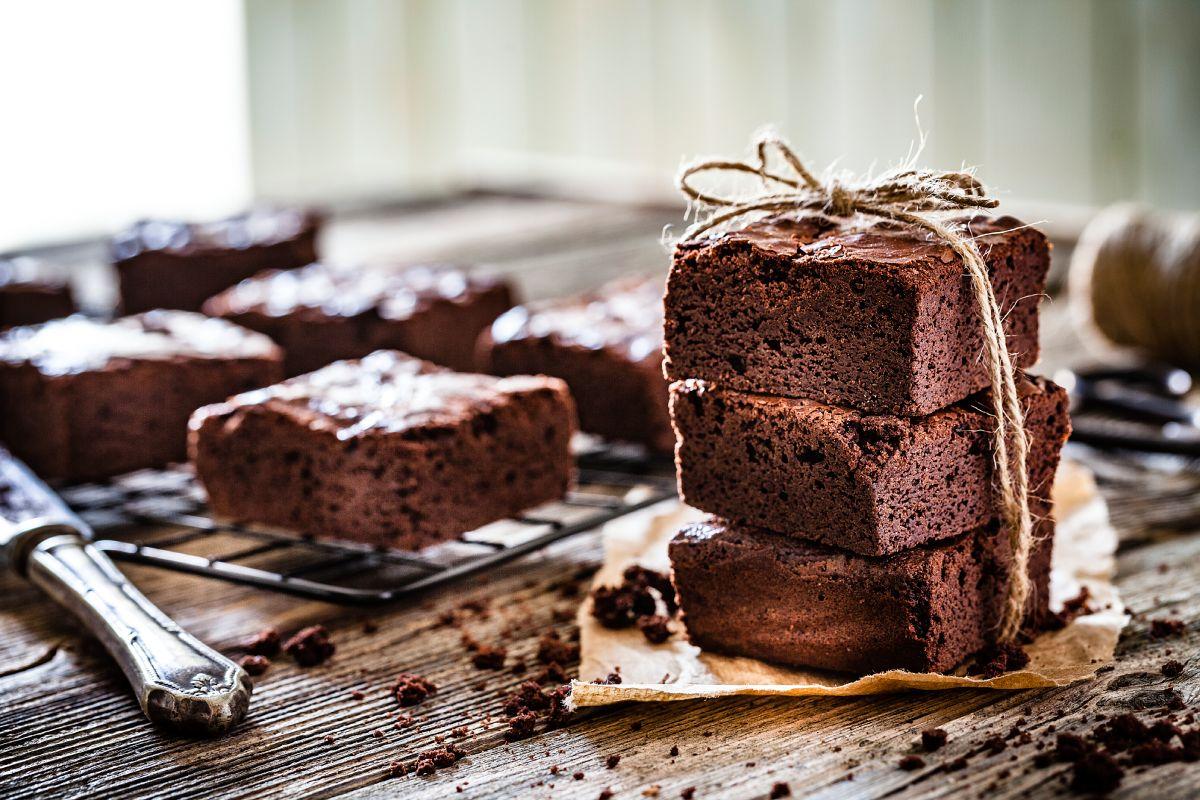
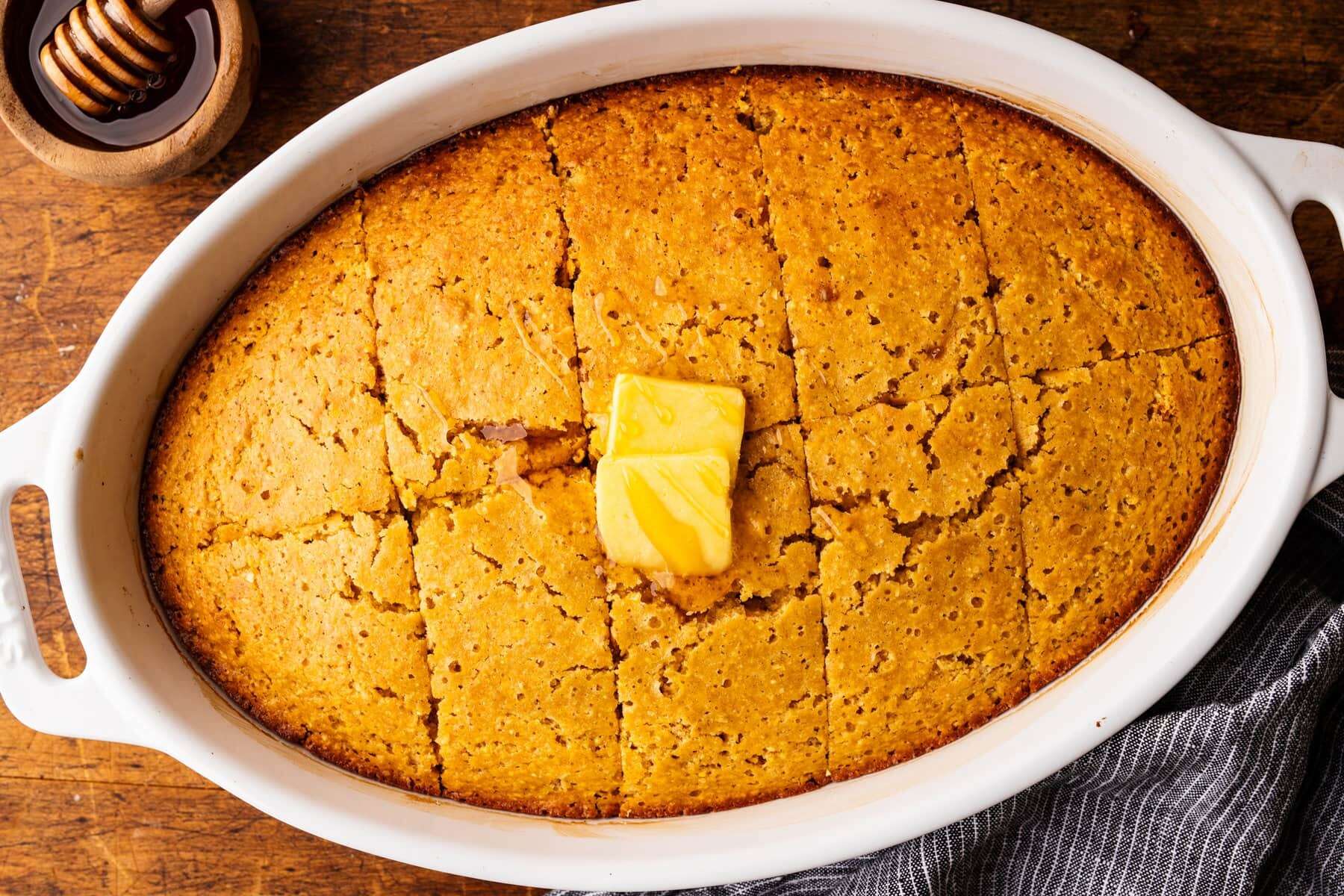

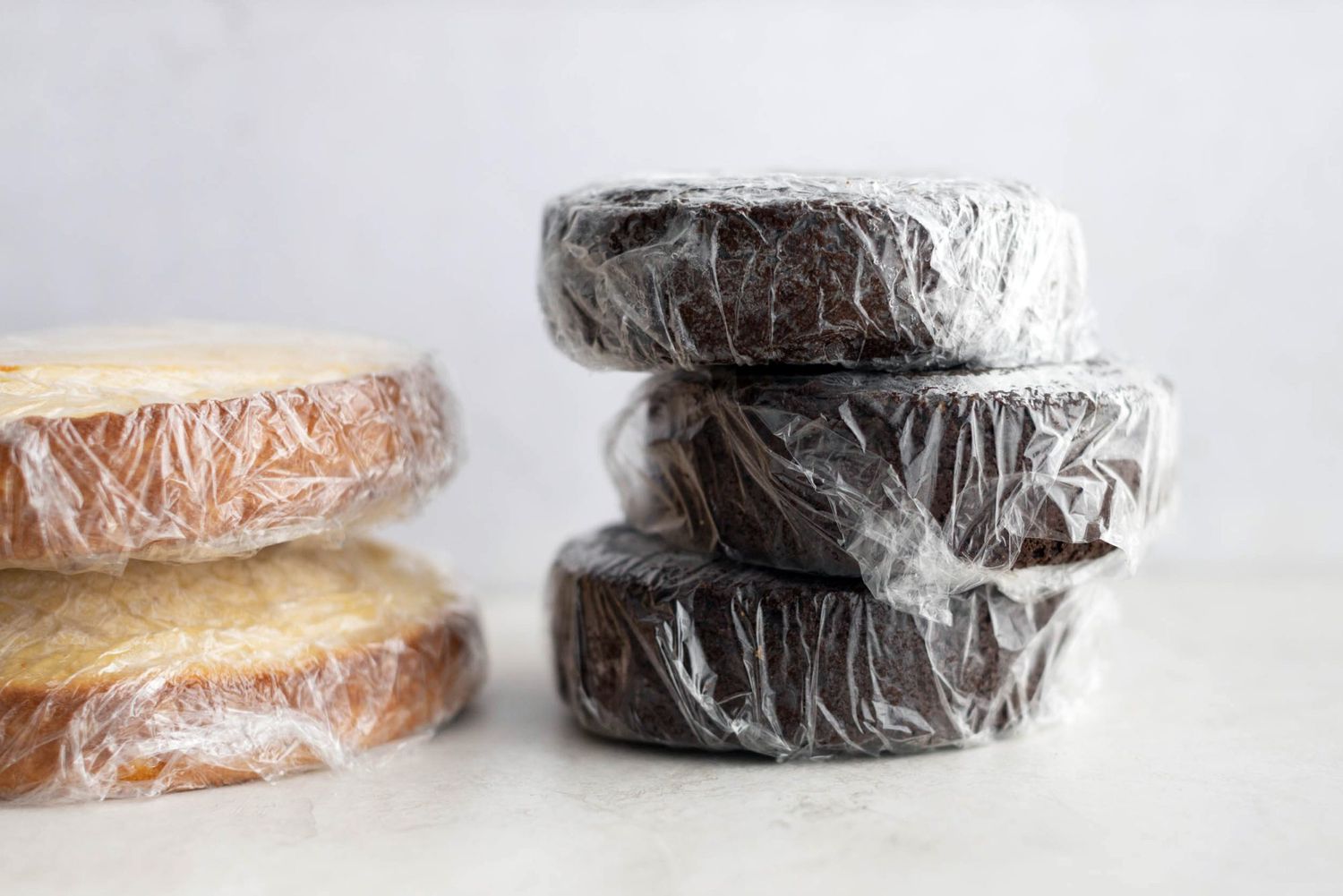
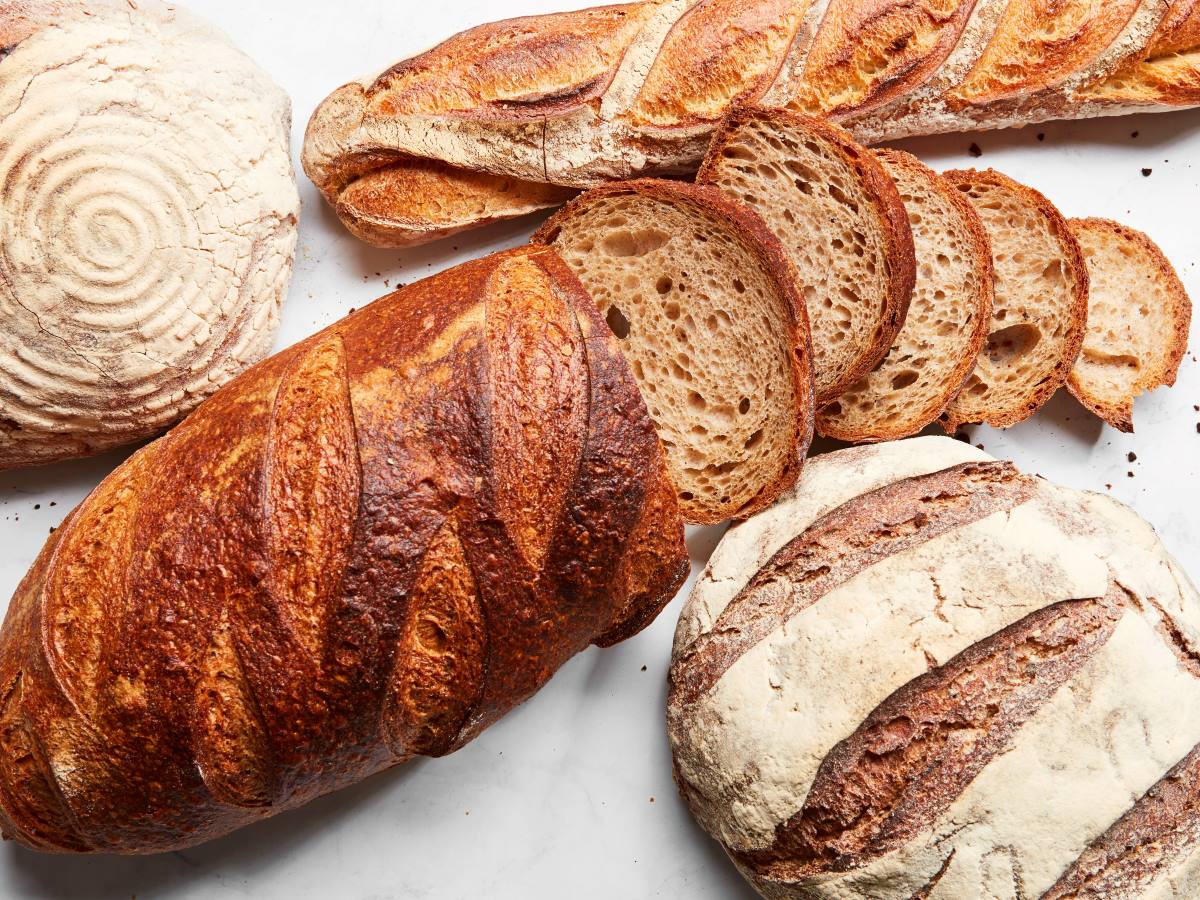
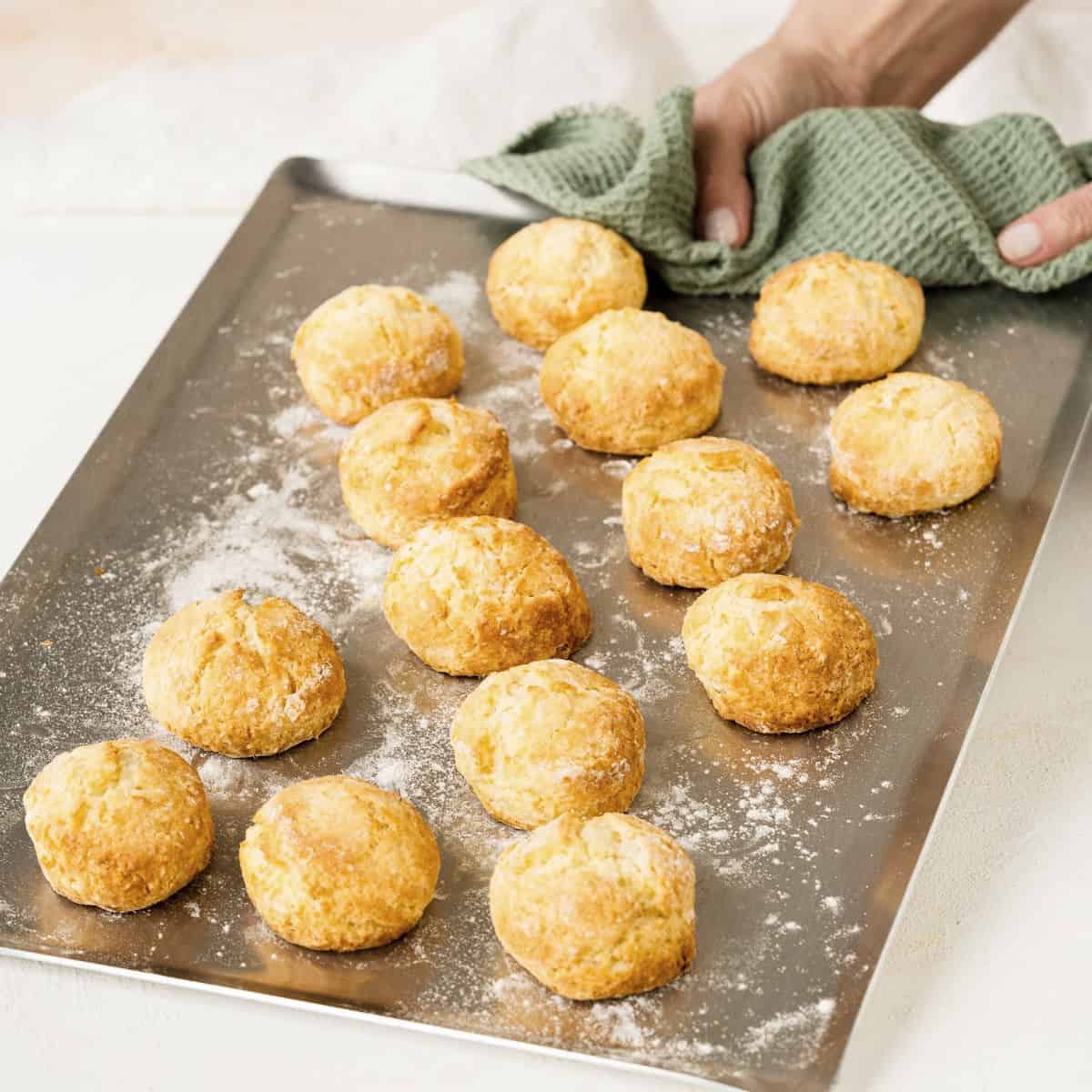
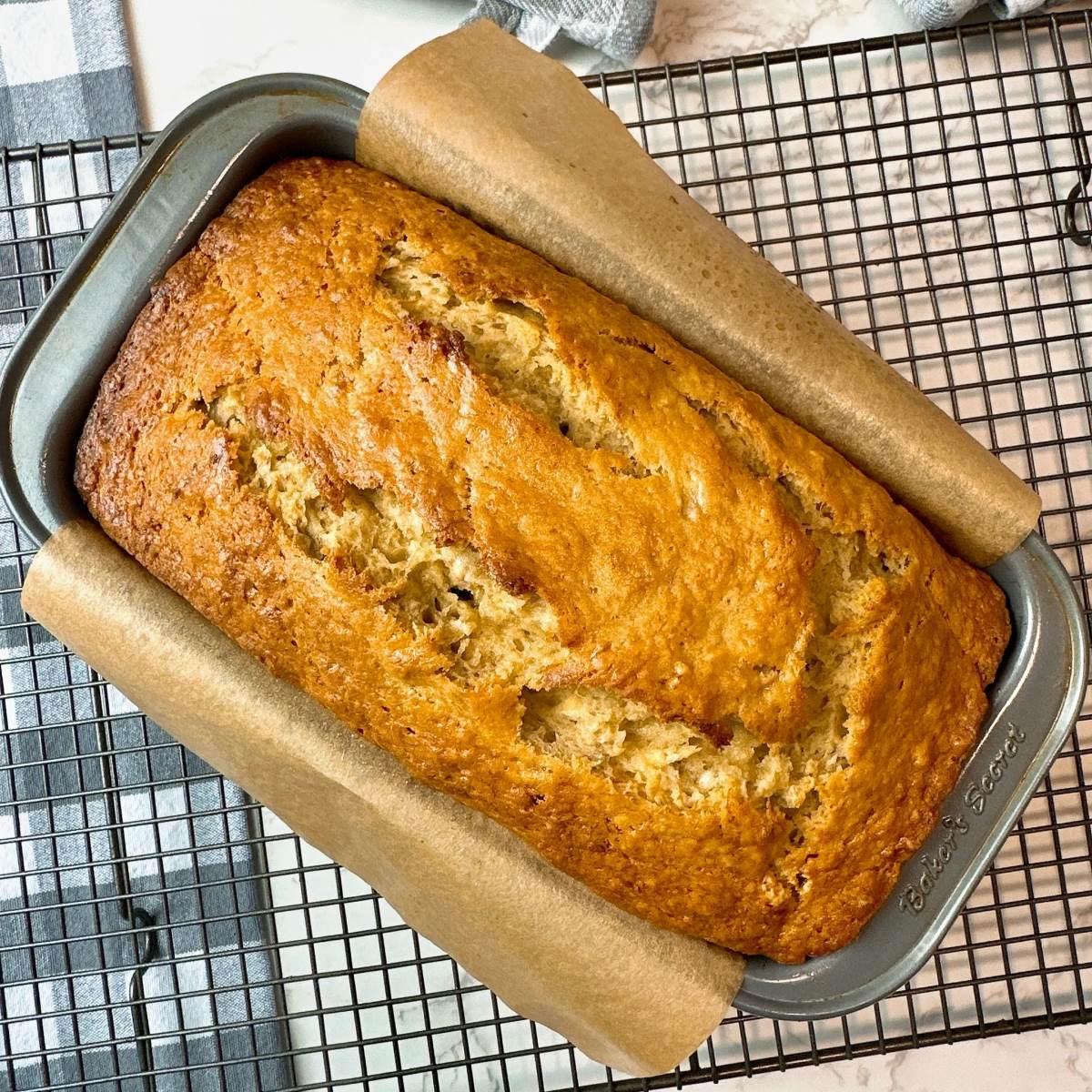
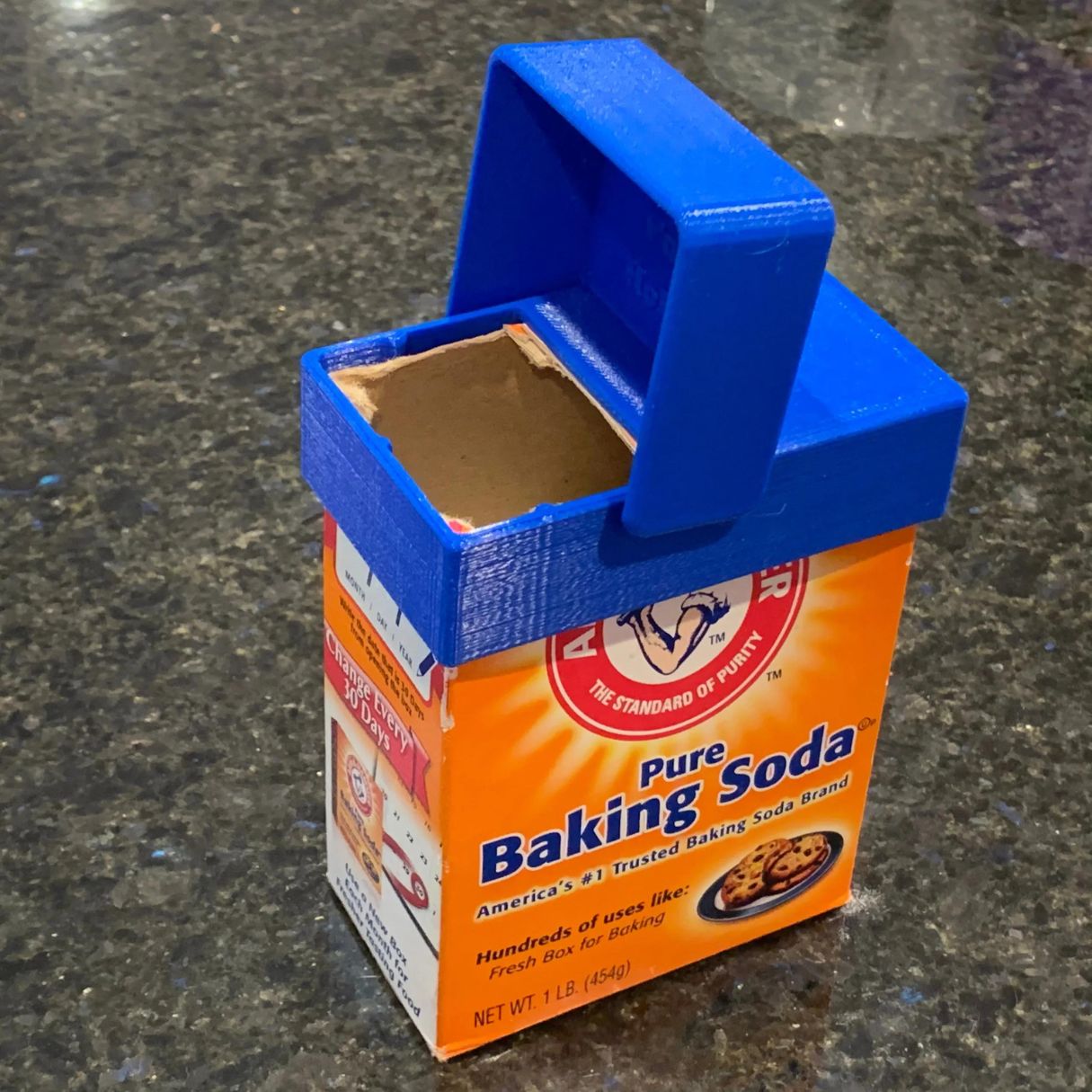
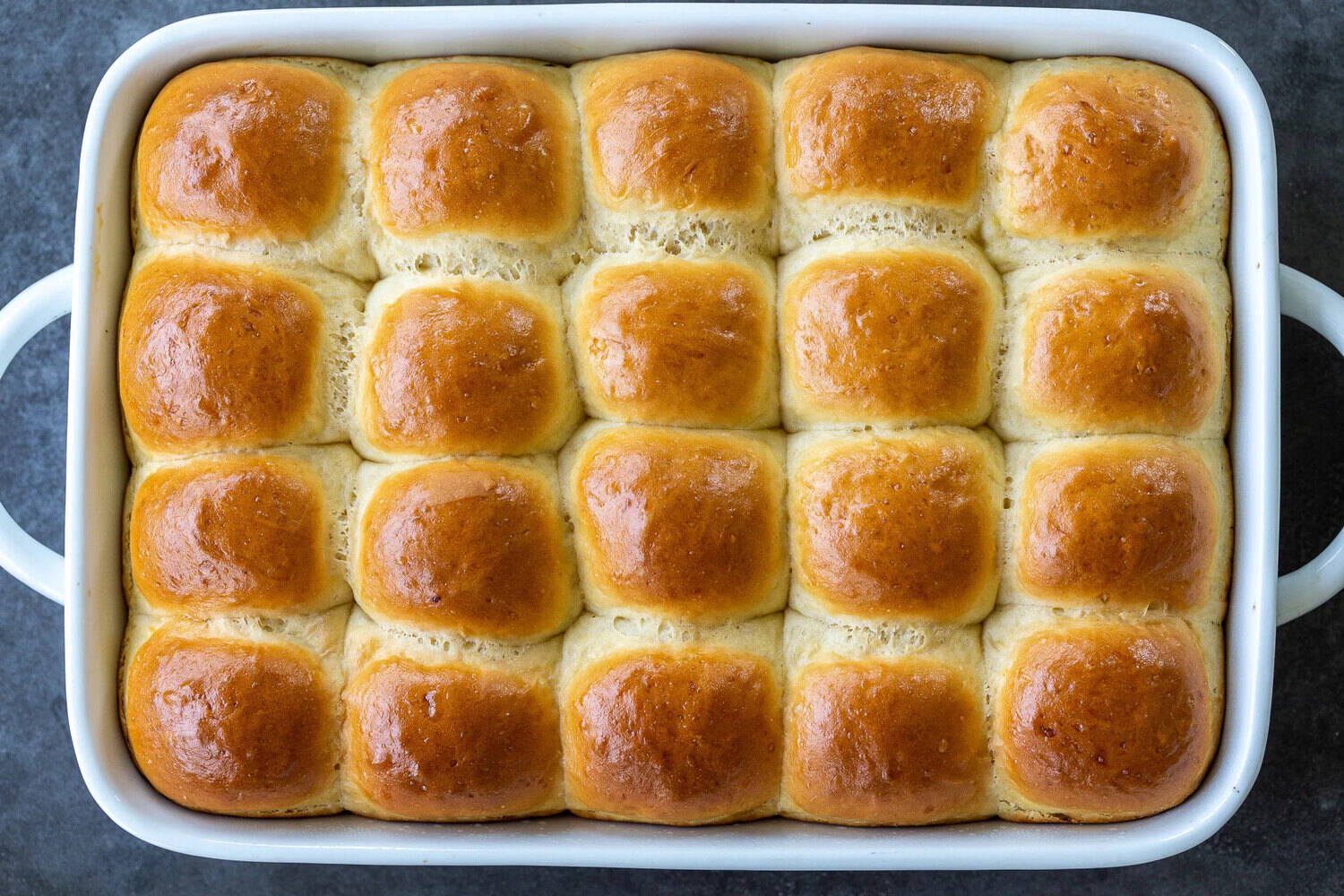
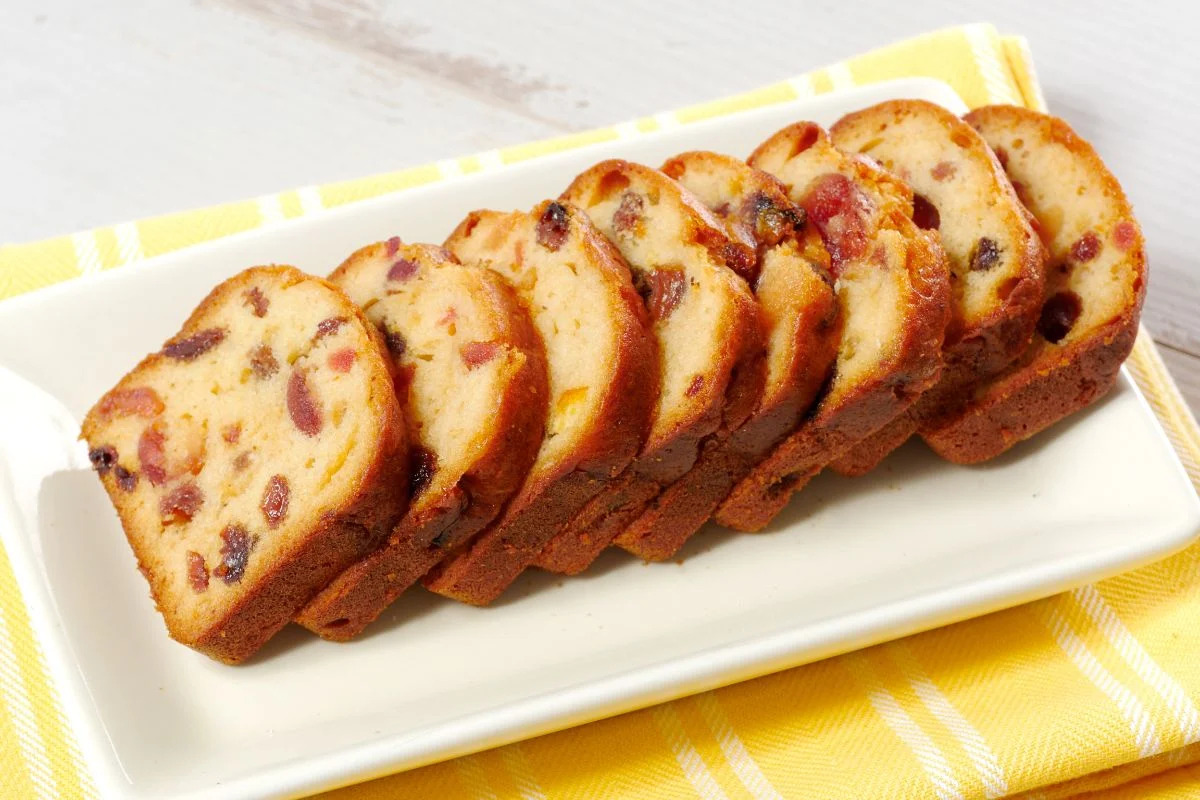
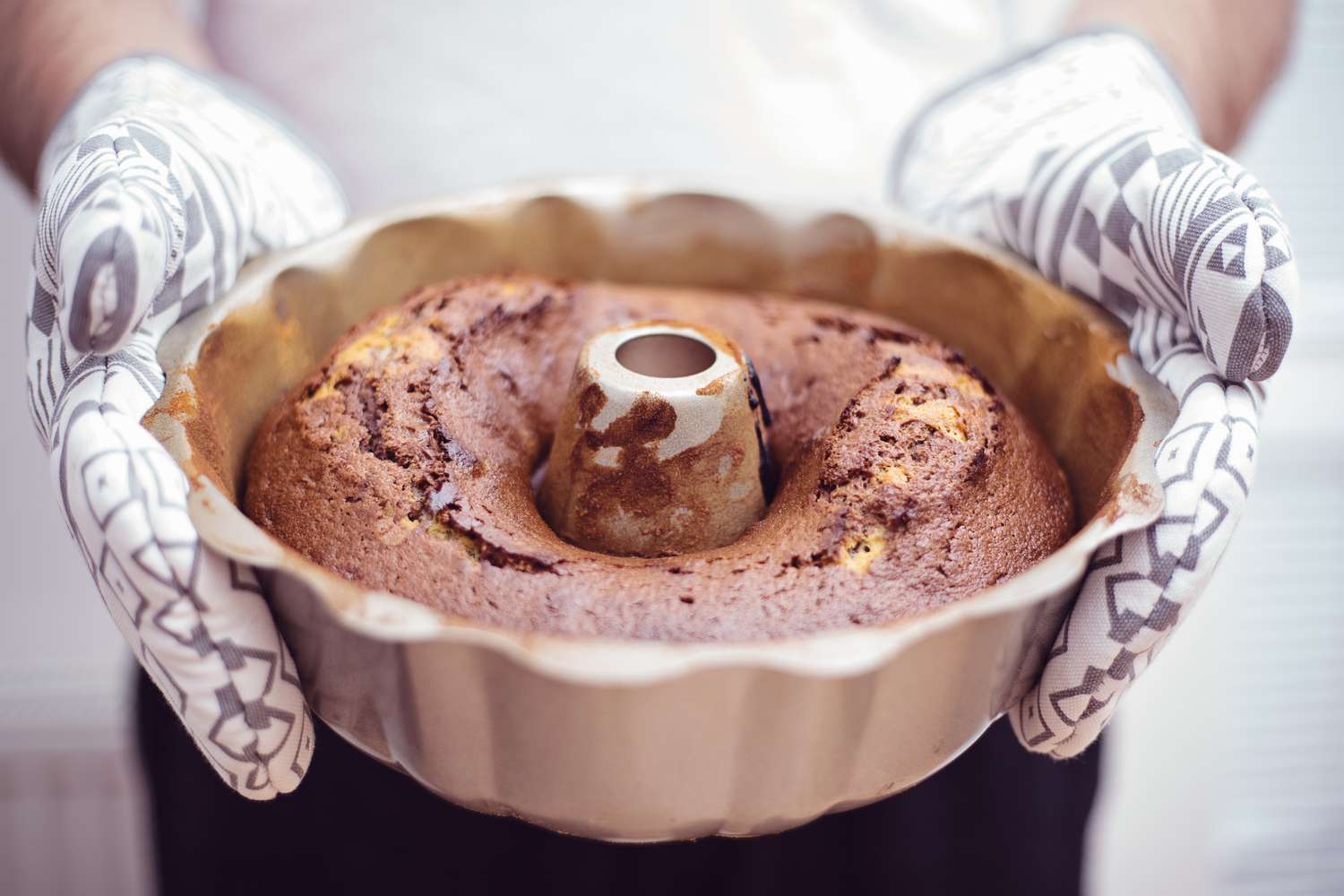
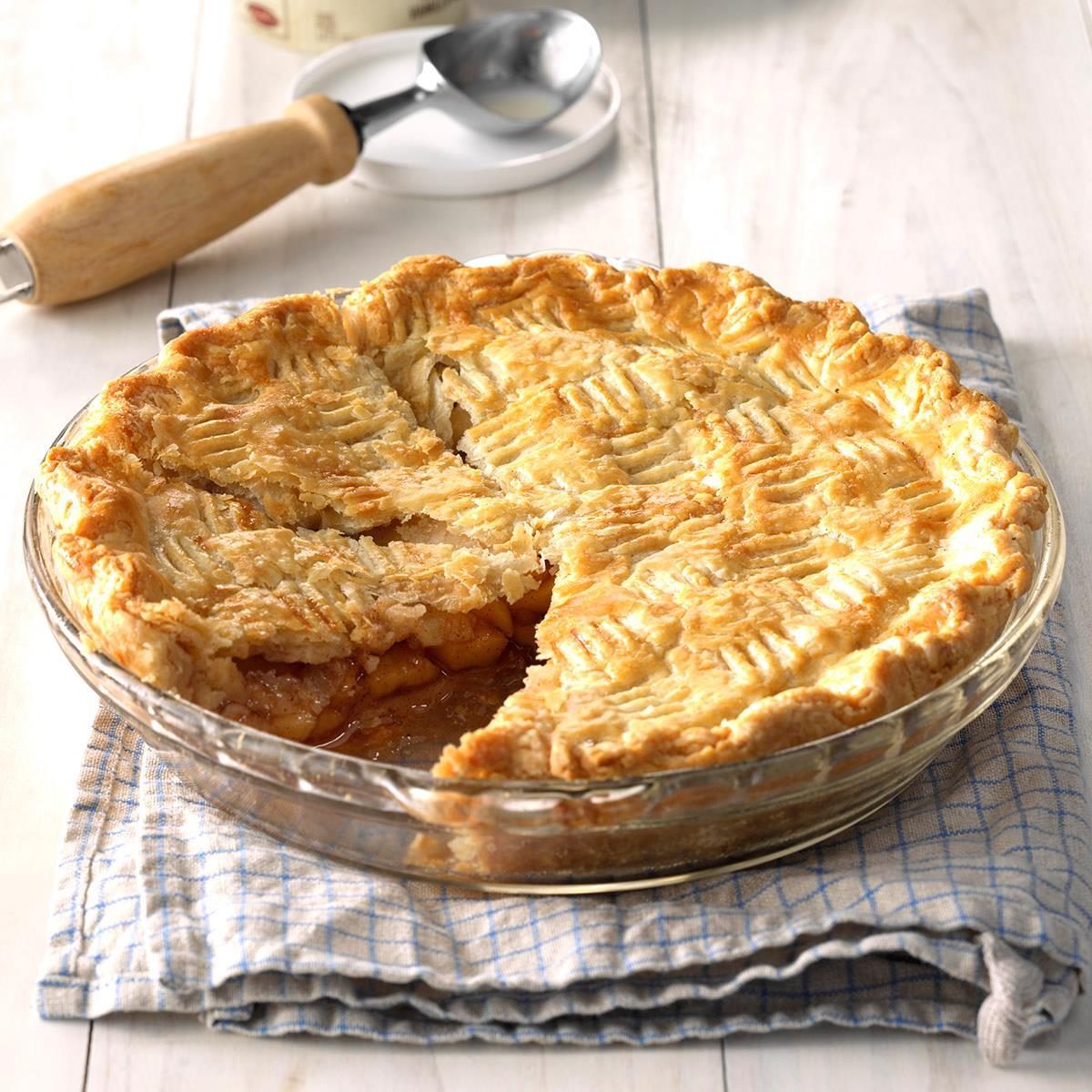

0 thoughts on “How To Store Muffins After Baking”